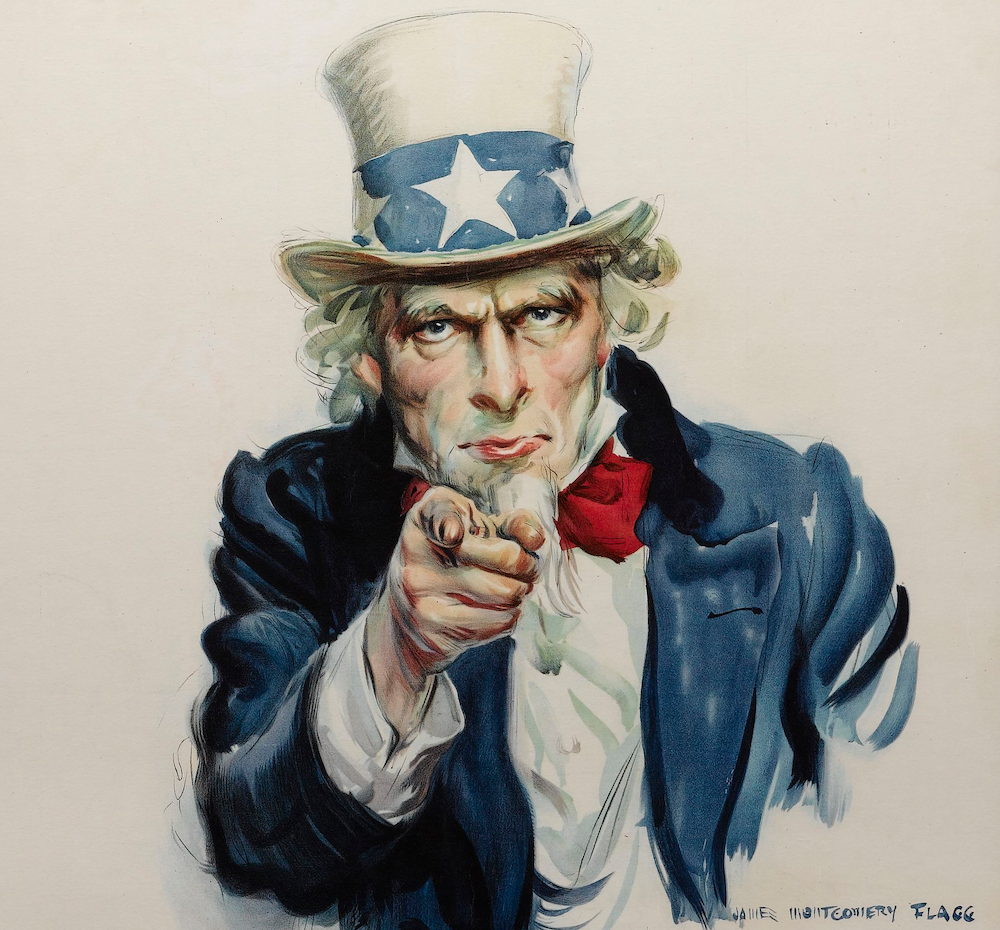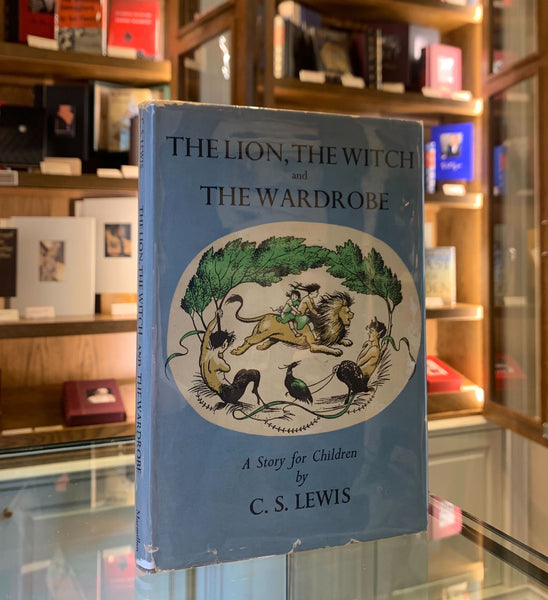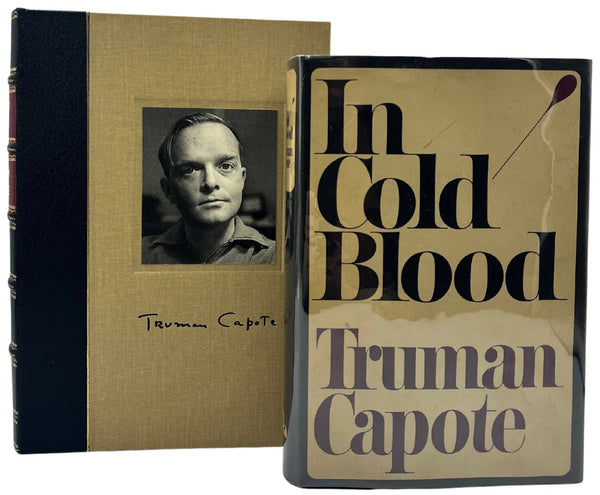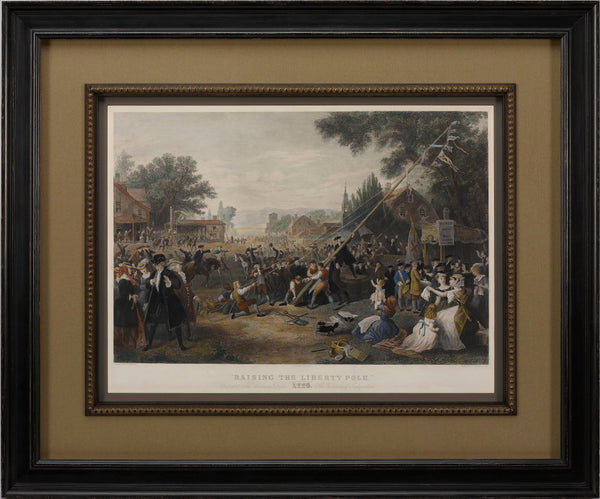The Birth of Uncle Sam

Happy Independence Day! This week, we celebrate American history in honor of July 4th; the anniversary of the signing of the Declaration of Independence. July 4th, or Independence Day, is celebrated throughout the United States as the day when freedom from Great Britain was finally won. With the signing of the Declaration of Independence, the original 13 colonies became the first 13 states of the newly formed United States of America. This day is honored throughout America with fireworks, cook outs, and lots of red, white and blue.
For this Independence Day, we are celebrating history and detailing the story behind the iconic Uncle Sam! Read through this week’s blog to learn about how this famous personification came to life, and how its imagery shaped the country we know and love.
"I Want You for the U.S. Army" Vintage WWII Poster by James Montgomery Flagg, 1941
$4,500.00
Uncle Sam
In September of 1813, the United States was given the nickname Uncle Sam. The character Uncle Sam was meant to personify America, focused on the patriotism and freedom that the country embodies. The name and persona of Uncle Sam is linked to real-life Samuel Wilson; an American meatpacker from Troy, New York who supplied barrels of meat to the U.S. Army during the War of 1812. Wilson was quite well known in Troy, and local residents reportedly called him "Uncle Sam." Wilson supposedly stamped the barrels with “U.S.” for the United States. “When the local people and Army soldiers saw the food barrels marked "U.S.," they assumed that the letters meant Uncle Sam. Wilson had labeled the barrels "U.S." for "United States," and so the two ideas merged—Uncle Sam became a symbol for the United States of America” (Elder).
“The local newspaper picked up on the story and Uncle Sam eventually gained widespread acceptance as the nickname for the U.S. federal government” (History.com editors).
The image of Uncle Sam was inspired by Samuel Wilson, but adapted by Thomas Nast (1840-1902). Nast, a political cartoonist, began producing the image of Uncle Sam in cartoons. Nast evolved the design of Uncle Sam from preliminary sketches, later applying the white beard and American top hat.
Adding to Nast’s preliminary designs, James Montgomery Flagg’s (1877-1960) imagery of Uncle Sam spread widely and rapidly. James Montgomery Flagg was an American artist specializing in illustrations and cartooning. Flagg’s prominent pieces from WWI era feature Uncle Sam, including his famous WWI 1917 poster “I Want You for U.S. Army.” This poster, irrefutably Flagg’s most famous design, features Uncle Sam with a white beard and white hair, a patriotic top hat, and red, white, and blue clothing. It is storied that Flagg used his own appearance as the inspiration for Uncle Sam, imagining himself as a much older man with facial hair. The similarities are recognizable between the two, and his image of Uncle Sam is arguably the most famous.
Flagg created the now famous "I Want YOU!" image for a July 1916 issue of Leslie’s Weekly. Flagg’s Uncle Sam rendition spoke to Americans profoundly, and encouraged American able-bodied men to join the war effort. The imagery was printed as lithograph posters in 1917, and then later reprinted again for WWII.
Flagg himself was too old to be drafted into the war effort by WWI. Instead, he did his part as a propaganda poster artist. He produced forty-six posters for the DPP's war effort – many of them featuring Uncle Sam. While images of Uncle Sam had existed since the early 1800s, it is Flagg's adaptation that is commonly recognized today.
Uncle Sam is just one iconic example of American propaganda. The personification has been used since the mid 19th century up to today, where the imagery appears on advertisements all over the country. Uncle Sam is perhaps one of the most recognizable American icons today, next to the American flag and George Washington.
Browse our complete collection of Americana, and check out our top 10 picks to help you celebrate the holiday. Happy 4th of July!
History.com Editors, United States Nicknamed Uncle Sam. HISTORY, A&E Television Networks. 14 June 2019. Accessed 2 July, 2019.
Natalie Elder, Uncle Sam: The man and the meme. Armed Forces History. 13 September, 2013. Accessed 2 July, 2019.
Also in Blog

Creating the World of Narnia

How Truman Capote Created The True Crime Genre



